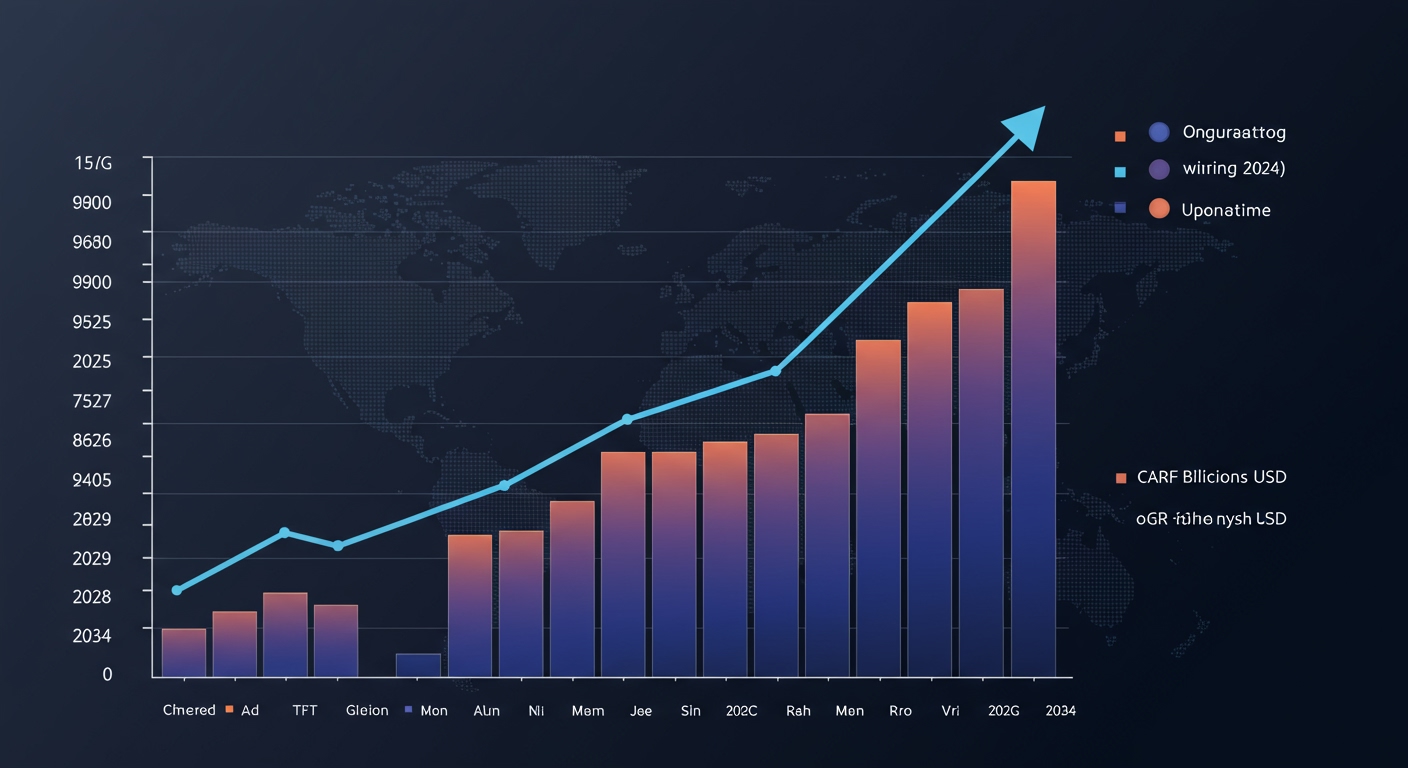Prompt Engineering in 2025: Navigating the Future of AI Interaction
The landscape of artificial intelligence is evolving at an unprecedented pace, with prompt engineering emerging as a cornerstone discipline. This critical field sits at the intersection of human creativity and machine intelligence, focusing on the art and science of crafting precise inputs to elicit optimal outputs from AI models. Far beyond simple text, prompt engineering now influences everything from stunning images to dynamic videos and intricate animations, defining the quality and utility of our interactions with AI.
At its core, prompt engineering is the vital bridge between human intent and machine execution. It’s the practice of developing clear, specific instructions for AI tools, ensuring they deliver useful and relevant responses. This discipline is paramount for maximizing AI accuracy, saving invaluable time through streamlined interactions, and enabling the execution of increasingly complex tasks. For businesses, mastering effective prompt engineering translates into tangible advantages, including enhanced content creation efficiency, superior customer service, more accurate decision support, and significant reductions in operational costs.
The Evolution of Prompt Engineering: Key Trends for 2025
As AI models advance, so too does the sophistication of prompt engineering. The year 2025 is poised to be a pivotal period, marked by several transformative trends that will redefine how we interact with intelligent systems.
Advanced Prompting Techniques and Contextual Understanding
Leading the charge are enhancements in AI’s ability to interpret context and nuance, evident in models like GPT-4o. This improved understanding paves the way for more sophisticated and relevant responses. Alongside this, advanced prompting techniques are becoming standard practice:
- Chain-of-Thought (CoT) Prompting: This technique encourages AI to break down complex problems into sequential, logical steps. It significantly enhances the model’s reasoning capabilities, leading to more accurate problem-solving.
- Few-Shot & Zero-Shot Learning: Businesses are increasingly leveraging AI models that can be fine-tuned with minimal or even no input examples. This democratizes AI access, allowing organizations to deploy powerful models without vast datasets.
- Multi-Turn Prompting: Essential for conversational AI, multi-turn prompting ensures continuity and relevance across extended dialogues. This is revolutionizing chatbots and customer service applications.
- Reinforcement Learning for Prompts (RLP): AI models are learning to self-improve their prompt responses based on past outputs. This adaptive learning makes them increasingly attuned to user preferences and desired outcomes.
Dynamic and Multimodal Interactions
The future of prompt engineering is not just about text. 2025 will see a significant shift towards more dynamic and diverse interactions:
- Adaptive and Personalized Prompts: AI tools are becoming context-aware, dynamically adjusting responses based on prior interactions or individual user preferences. This creates a highly personalized user experience.
- Multimodal Prompt Engineering: Expanding beyond text, prompts now integrate various information types—images, videos, and audio. This enables richer, more nuanced outputs and unlocks new application possibilities.
- Automated and AI-Assisted Prompt Creation: Emerging tools are automating the prompt creation process, analyzing task requirements, suggesting optimal structures, and refining prompts based on real-time feedback. This reduces the need for manual input and expertise.
Democratization and Integration
The reach of prompt engineering is broadening, making AI more accessible and powerful:
- No-Code AI Platforms: The wider adoption of no-code platforms is democratizing AI, allowing non-technical users to effectively interact with models and create sophisticated prompts without deep programming knowledge.
- Integration with External APIs and Knowledge Bases: Advanced prompt techniques are increasingly integrating AI models with real-time external data sources. This ensures outputs are up-to-date and highly relevant, drawing from a vast pool of information.
- Ethical Prompt Engineering: As AI becomes more pervasive, there’s a growing emphasis on mitigating bias and ensuring responsible AI outputs. Careful prompt design is crucial for fostering ethical and fair AI interactions.
- “Context Engineering”: Some experts suggest a strategic shift from merely “prompting” to “context engineering.” This involves meticulously filling the AI’s entire context window with the most relevant information for optimal performance, moving beyond single-line instructions.
- Human-AI Collaboration: Ultimately, prompt engineering is fostering a deeper collaboration between human creativity and machine intelligence. This synergy is enhancing problem-solving, accelerating innovation, and improving decision-making across industries.

Market Growth and Impact on Business Efficiency
The prompt engineering market is experiencing explosive growth, driven by the rapid advancements in generative AI and increasing digitalization across sectors. This growth underscores its critical role in the modern economy.
Significant Market Expansion
Projections for the prompt engineering market are robust, indicating a substantial upward trajectory:
- One estimate places the global prompt engineering market at USD 222.1 million in 2023, with a projection to reach USD 2.06 billion by 2030, exhibiting a Compound Annual Growth Rate (CAGR) of 32.8% from 2024 to 2030.
- Another forecast is even more ambitious, suggesting the global market size, estimated at USD 380.12 billion in 2024, could surge to approximately USD 6,533.87 billion by 2034, at a staggering CAGR of 32.90% from 2025 to 2034. While these figures show some discrepancy, they collectively highlight immense growth potential.
- Specifically looking at 2025, the market is forecasted to grow from USD 2.80 billion to USD 25.63 billion by 2034, with a CAGR of 27.86%.
- The U.S. market alone, which generated USD 61.4 million in 2023, is expected to reach USD 546.1 million by 2030, growing at a CAGR of 36.6% from 2024 to 2030.
In terms of regional dominance, North America led the market in 2023 with over a 34.0% share, while the Asia Pacific region is anticipated to exhibit the fastest growth in the coming years. The software segment dominated the market in 2023, capturing over 71.0% of the share, with content generation holding the largest application share. Recommendation systems also represent a significant application, garnering nearly one-fifth of the revenue share in 2023.

Tangible Business Benefits
The impact of professional prompt engineering on business efficiency is profound:
- Content Production: It can reduce content production time by an impressive 73% while simultaneously improving quality consistency.
- Customer Service: Prompt engineering can enhance first-contact resolution rates by 84% and boost customer satisfaction by 52%.
- Reliability & Cost Reduction: It increases the reliability of AI-generated insights by 91% and can reduce AI-related operational costs by 45%.
- ROI: Companies that master prompt engineering report a remarkable 340% higher ROI on their AI investments.
Reflecting the growing demand, approximately 7% of organizations using AI are actively hiring for prompt engineering roles. Interestingly, research indicates substantial variability in AI performance, even with identical prompts, suggesting that AI models can produce inconsistent answers. However, a polite tone in a prompt can remarkably shift performance by up to 60 percentage points for individual questions, though this effect tends to balance out across larger datasets.
The adoption of specialized tools further highlights this trend. Integrating user interface frameworks like Streamlit and Gradio has seen a 200% increase in adoption rates among developers since early 2025. Furthermore, over 70% of organizations utilizing LangChain have reported enhanced productivity, completing tasks at least 40% faster. Multimodal strategies, a key trend, can lead to accuracy improvements of up to 25% in neural networks.
Conclusion
As we look towards 2025 and beyond, prompt engineering is undeniably at the forefront of AI innovation. It is no longer just a technical skill but a strategic imperative for individuals and businesses aiming to harness the full potential of artificial intelligence. By mastering the art of crafting precise and effective prompts, we are not just interacting with AI; we are actively shaping its capabilities, driving efficiency, and unlocking new frontiers of human-AI collaboration. The future of AI is bright, and prompt engineering is the guiding light.